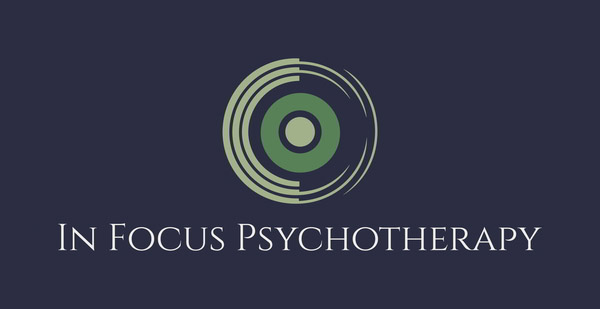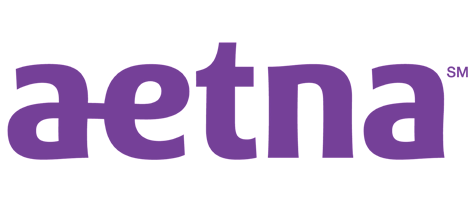Cognitive Behavioral Therapy (CBT) is a therapy that focuses on our thinking processes. The over-arching goal of CBT is to learn more about how we think, when with think certain thoughts, and how those thoughts are connected to our emotions.
Here is an example that we have all had at some point in our education…
A high school student is getting a B in a difficult course. It has been a struggle to keep up with the material, and the student is turning in every assignment. The student is happy with their homework grades and participation grade but struggles during the test. Eventually the next test is administered, and the student finds some questions easy, but struggles on others. Upon completion, the student knows that they have missed a few items on the test.
As the student leaves the testing room, they think to themselves “OH MY GOD, I’M GOING TO FAIL THIS COURSE!”

This is an example of a catastrophic, overly negative thought. The student probably won’t fail the course, because there is a good track record of homework and participation. However, for all of us who have experienced this situation, we probably had some moments of fear, self-doubt, and worry in response to that thought.
In real time, it can be hard to stop overly negative or catastrophic thinking from ruining our mood and functioning. At times, we seem beset by overly negative thinking and “stuck” in loops of catastrophic thinking.
Here is a list of 10 common thought “distortions” that we experience first Published in David M. Burns’s Feeling Good: The New Mood Therapy in 1980. This book is a CBT “classic” and helped popularize CBT in the 1980’s.
- Emotional reasoning
- This distortion occurs when someone accepts their emotions as fact, blocking out logical reasoning.
- Overgeneralization
- This distortion occurs when someone makes broad generalizations based on minimal evidence or a single event.
- Should statements
- This distortion occurs when someone constantly reminds themselves that they “should” do something, which can lead to failure.
- All-or-nothing thinking
- This distortion occurs when someone views things in absolute terms, such as all good or all bad, angelic or evil, or perfection or total failure.
- Mental filter
- This distortion occurs when someone sees the glass half empty, despite having experienced positive things, which can worsen their anxiety.
- Jumping to conclusions
- This distortion occurs when someone draws conclusions based on partial or incomplete information.
- Personalization
- This distortion occurs when someone believes that everything others do or say is a direct reaction to something they’ve said or done.
- Global labeling
- This distortion occurs when someone generalizes one or two qualities into a negative global judgment, ignoring all contrary evidence.
- Catastrophizing
- This distortion occurs when someone jumps to the worst possible conclusion in every scenario, no matter how improbable it is.
You can probably think of some times you’ve fallen into some of these thought distortion patterns – we all do. Even as a 46-year-old psychologist (Dr. Humpage) writing this web page, I can think of times the past few days when I’ve experienced some of these distortions.
When we experience periods of depression or anxiety, an CBT assists us in taking a systematic approach to examining our thinking and recognizing patterns of thinking that are linked to our depression or anxiety. If we return to our high school student, it makes sense that if they constantly respond to academic challenges with catastrophic thoughts, they won’t feel very good in their day-to-day life.
For this student, a CBT session might entail weighing the evidence for why they are or aren’t going to fail the class, such as:
Evidence for Failure
I am not a good test taker – I just struggle during tests and “freak out”
Evidence for Not Failing
I do all the homework assignments – that is easy points.
I show up every day and earn participation points.
So far, even though tests are hard, my lowest grade was 68%. That’s not good, but it isn’t failing. On most tests I get in the “C” range.
Another focus of a CBT session might be taking the problematic thought and replacing it with a more accurate thought.
For example, we might replace:
“Oh my god! I’m going to fail this course!”
With:
“I’m probably a C+ or B- student in this class. It’s not what I want, but it is also not failing. At least I’m learning something.”
There are more techniques in CBT than this example, and there is also a more holistic focus than just “distorted thoughts”. CBT also seeks to get an idea of where those thoughts develop and how our beliefs and attitudes shape thinking.
Overall, clients that undergo some CBT work for depression and anxiety generally feel that they have a good sense of how they think and what specific thoughts most impact their mood. They also come away from treatment feeling more able to go “A-ha!” and catch problematic thoughts in real time before they have a deleterious effect on mood and functioning.





